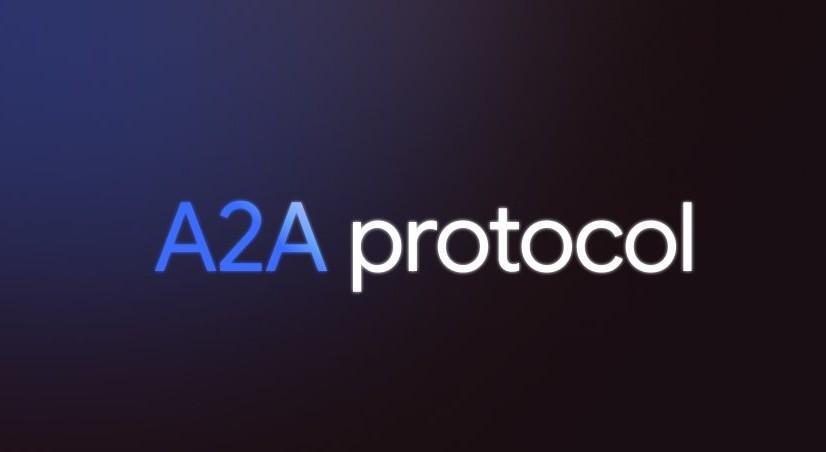
Google Launches A2A Protocol to Enhance AI Agent Synergy
In a significant move towards fostering greater collaboration and interoperation among artificial intelligence (AI) agents, Google has launched Agent2Agent (A2A), an open-source protocol designed to enable seamless communication, information exchange, and coordinated actions between AI agents from various systems. With A2A, developers can now build AI agents that can effortlessly connect with any other agent built using the protocol, paving the way for a new era of agent interoperability.
The A2A protocol is a major breakthrough in the field of AI, as it addresses the long-standing challenge of integrating AI agents developed by different organizations, using different technologies, and running on various platforms. Traditionally, AI agents have been built to operate within their own silos, making it difficult for them to collaborate or communicate with each other. This limited their ability to achieve complex tasks, share knowledge, or work together to solve complex problems.
With A2A, Google aims to change this paradigm by providing a standardized protocol that allows AI agents to communicate with each other securely and efficiently. This enables developers to build AI agents that can connect with any other agent built using the protocol, regardless of the underlying technology, platform, or application.
The A2A protocol is built on top of the Web of Things (WoT) architecture, which provides a unified framework for describing, discovering, and interacting with AI agents. The protocol consists of a set of APIs, data models, and protocols that define how AI agents should communicate with each other, exchange information, and coordinate actions.
Key Features of A2A Protocol
- Agent Autonomy: A2A allows AI agents to operate independently, making their own decisions, and taking actions based on their own goals and objectives.
- Secure Communication: The protocol provides end-to-end encryption and secure authentication mechanisms to ensure that AI agents communicate with each other securely and privately.
- Interoperability: A2A enables AI agents built using different technologies, platforms, and applications to communicate with each other seamlessly.
- Scalability: The protocol is designed to scale horizontally, allowing multiple AI agents to work together to achieve complex tasks.
- Flexibility: A2A provides a flexible architecture that can be adapted to various use cases, industries, and applications.
Benefits of A2A Protocol
- Improved Collaboration: A2A enables AI agents to collaborate more effectively, share knowledge, and work together to achieve complex tasks.
- Increased Efficiency: The protocol enables AI agents to automate repetitive tasks, reduce manual labor, and increase productivity.
- Enhanced Decision-Making: A2A allows AI agents to make more informed decisions by leveraging the collective knowledge and expertise of other AI agents.
- Better Customer Experience: The protocol enables AI agents to provide more personalized and tailored services to customers, improving overall customer satisfaction.
Use Cases for A2A Protocol
- Enterprise Automation: A2A can be used to automate business processes, streamline workflows, and improve operational efficiency in various industries, such as manufacturing, logistics, and finance.
- Healthcare: The protocol can be used to enable AI agents to collaborate with each other to provide more effective patient care, diagnose diseases more accurately, and develop personalized treatment plans.
- Customer Service: A2A can be used to build AI-powered chatbots that can communicate with each other to provide more accurate and personalized customer support.
- IoT: The protocol can be used to enable AI agents to communicate with each other and with IoT devices to monitor and control complex systems, such as smart homes, cities, and industries.
Conclusion
The launch of A2A protocol by Google marks a significant milestone in the development of AI technology. By providing a standardized protocol for AI agents to communicate with each other, A2A has the potential to revolutionize the way AI agents are developed, deployed, and used in various industries and applications.
As the world becomes increasingly dependent on AI technology, the need for interoperability and collaboration among AI agents will only continue to grow. With A2A, Google has taken a major step towards addressing this challenge, and we can expect to see the protocol being widely adopted by developers, enterprises, and organizations across the globe.
Source: https://developers.googleblog.com/en/a2a-a-new-era-of-agent-interoperability/






